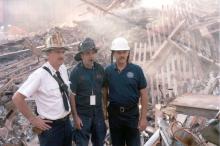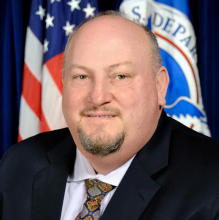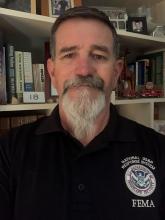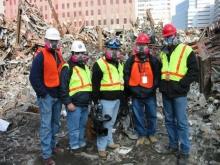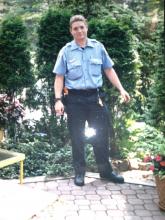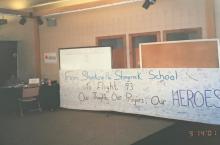Blog
One of the best ways to safeguard our communities against natural disasters is to adopt and follow up-to-date hazard-resistant building codes. Building codes are the minimum design and construction requirements to ensure safe and resilient structures. These codes reduce casualties, costs and damage by creating stronger buildings designed to withstand disasters.
With climate change increasing the frequencies of these disasters, it is more important than ever to be prepared. One important way you can do this is by having an emergency kit in your house.
Mike Byrne talks about the events of Sept. 11, 2001 as if he’s recalling a day last week. Like many who responded that day, Mike found meaning and comfort in the work he did to help those who survived, and worked tirelessly to honor those lost.
The National Urban Search and Rescue Response System may have looked a little different on September 11, 2001, but its mission was the same: deploy search and rescue teams as fast as possible following a disaster. Fred Endrikat was one of the Urban Search and Rescue members that was called to action that day.
When Alex Amparo heard the news that a plane had struck the World Trade Center on his way to work, he immediately made a U-turn and headed directly to Florida’s emergency operations center. Today, Amparo serves as the Senior Official Performing the Duties of Deputy Administrator for Resilience at FEMA, but at the time of the 9/11 attacks Amparo was working in emergency management in Florida.
Like so many others that day, Bob and his colleagues gathered around a television, watching the events unfold. They were worried about the fate of FEMA employees at Region 2 headquarters in New York City and the effect the events would have on the agency. Later that morning, Bob got a call from agency leadership asking him to come and lead the response at the World Trade Center.
On Sept. 11, Dean was a firefighter with the Fairfax County Fire and Rescue Department and also employed with FEMA as a Disaster Assistance Employee.
It was six months into the recovery, I was standing in what was left of Tower two. I looked across and there was a group of guys huddled together by what was left of Tower 1… I couldn’t really tell what they were doing but when I got back that night and I looked at my video, I could see that they were performing last rights. Six months after the event and they were still treating every recovery with dignity and respect. It was very humbling to witness that.”
On the morning of September 11, 2001, the skies were clear. Joel Pirrone, now an emergency manager at FEMA’s National Response and Coordination Center, knew that a cloudless sky meant that a plane hitting one of the twin towers was probably not an accident.
Amy Gabriel couldn’t find a song on the radio the morning of September 11, 2001. She was driving four hours to Shanksville, Pennsylvania in a Red Cross vehicle to respond to the Flight 93 tragedy. There was no cassette or CD player in the vehicle, so she had nothing to distract herself from her thoughts.




